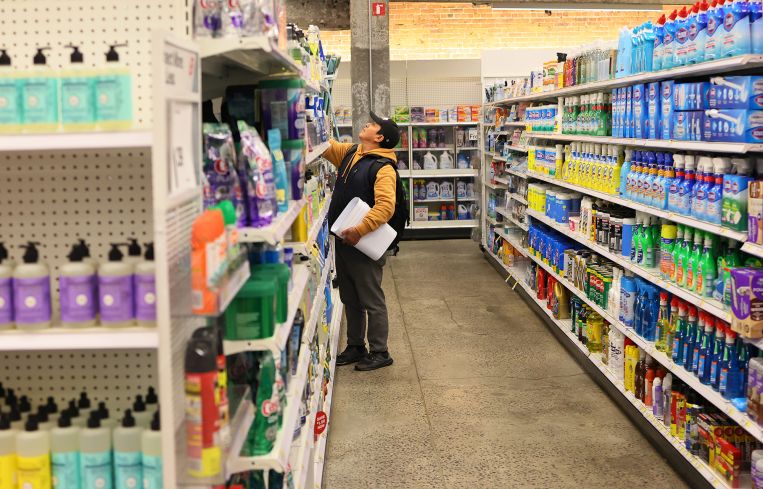U.S. Retail Foot Traffic Takes a Hit After Tariffs: Report
By Isabelle Durso May 27, 2025 1:11 pm
reprints
Malls and shops around the country seem to be a little emptier this year.
Since the Trump administration’s “Liberation Day” tariffs began in early April, retailers across the U.S. have had to hike their prices to accommodate the higher taxes on imports, leaving many low- and middle-income shoppers high and dry.
And many consumers have changed their shopping habits as a result. They’ve been spending their money on discount deals at big-box stores while smaller brick-and-mortar retailers have seen fewer shoppers enter their stores.
Those are among the conclusions of a new report by foot traffic tracker Placer.ai.
“One thing we do see pretty clearly with data is that consumers remain very aware and sensitive to pricing increases,” R.J. Hottovy, head of analytical research at Placer.ai, told Commercial Observer.
“For those retailers who announced price increases, we did see consumers push back and visitation trends decline after those price increases,” Hottovy added. “Consumers are very aware, [and] they’re following the news on tariffs and trying to get ahead of it as best they can.”
For example, visits to discount department store Burlington were up 6.5 percent year-over-year during the first quarter of 2025, while visits to Gap and its banner stores — including Old Navy, Banana Republic and Athleta — were down 3.8 percent during the quarter, according to data from Placer.ai.
But it’s not just apparel. Year-over-year visitation trends for most retail categories, such as groceries, warehouse clubs and gas stations, decelerated during the week of May 12. Weekly visits to gas stations dropped 1.9 percent from the same period last year, while weekly visits to superstores declined by 0.9 percent, according to Placer.ai.
“This slowdown is likely attributable to multiple factors, including persistent macroeconomic uncertainty, price increases recently implemented by some retail chains, and unseasonable weather in parts of the country,” Hottovy said. “It’s kind of been a perfect storm of factors that I think has pushed overall consumer business down across much of the retail category.”
Retailers most vulnerable to the tariffs include footwear and apparel companies, fast-fashion retailers, electronics and appliances sellers, furniture and toy stores, and liquor stores and coffee chains, according to experts.
Coffee shops in particular have already faced setbacks from the taxes, with local New York City coffee chain Birch Coffee looking at a 10 to 40 percent cost increase across the board due to high import costs, as Commercial Observer previously reported.
However, some categories of retailers have fared relatively well compared to others, including luxury apparel stores and grocery stores.
Luxury department stores saw growth during the first quarter, with year-over-year visits up 3.3 percent at Nordstrom, 2.7 percent at Bloomingdale’s and 1.1 percent at Macy’s, Placer.ai found. Meanwhile, shoppers are taking more, shorter trips to the grocery store, with visits increasing 2 percent during the week of May 12 compared to the same time last year.
“I think the value of grocery players like Aldi and Trader Joe's continue to do very well compared to some of the other dollar and discount stores,” Hottovy said. “I do think it’s largely the value-oriented retailers that probably have outperformed this year, and we’re probably in a position to continue that outperformance.”
And while there’s a chance retail foot traffic numbers slightly recovered thanks to huge holiday sales over Memorial Day weekend, the future of retail under President Donald Trump’s tariffs remains unclear.
“I don’t think the broader theme of macro uncertainty is going away anytime soon, but we do see people kind of revert to normalization on it,” Hottovy said. “So, assuming we have a quiet couple weeks ahead, I think at least the visitation trends might stabilize.”
Isabelle Durso can be reached at idurso@commercialobserver.com.


